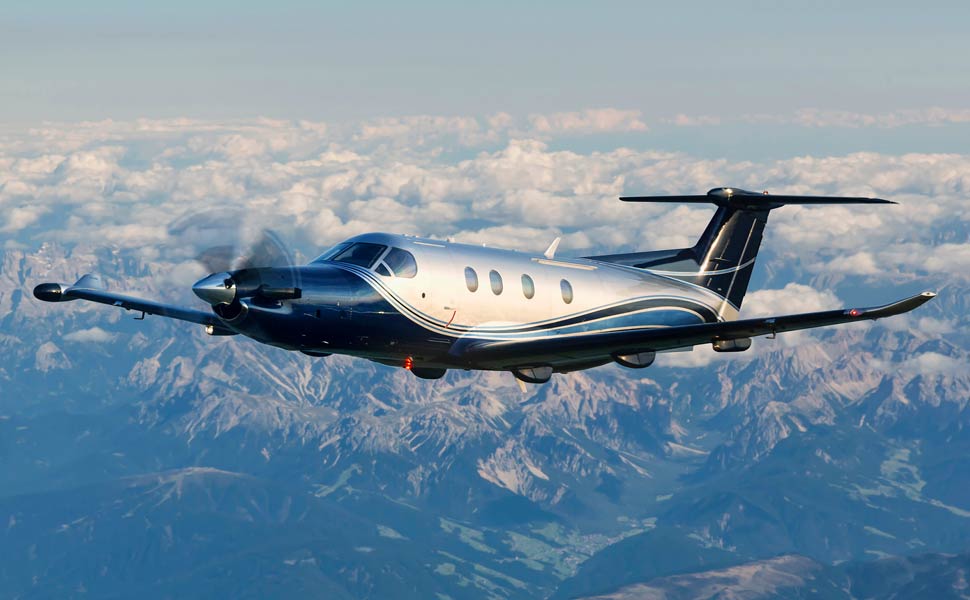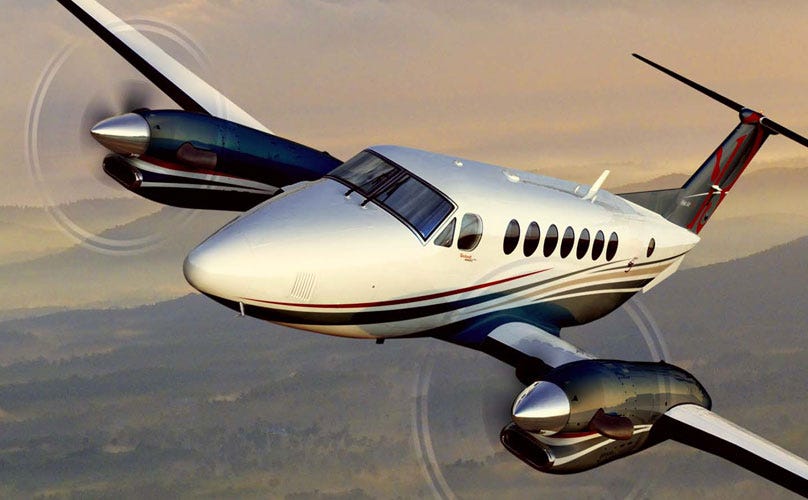
Aviation Battery Comparisons
December 17, 2024
Even with all the advances in aviation, many aircraft still use battery technology that’s over a century old. Lead acid batteries, introduced in 1899, and nickel cadmium (NiCad) batteries, which came soon after, remain widely used. However, lithium ion batteries have become a popular modern alternative. This newer battery technology offers high energy density and lower weight—two key needs in aviation. In this article, we’ll compare lead acid, NiCad, and lithium ion batteries, highlighting the unique benefits and challenges of each type.
Understanding Key Aviation Battery Types
Lead Acid Batteries
Lead acid batteries are reliable and cost effective, making them a mainstay in aviation. However, they are heavy and offer less energy per kilogram than newer battery types. This lower energy density means they are less efficient, especially for long flight times or platforms that require high power. For example, while lead acid batteries can work well for emergency or auxiliary systems that have lower power requirements, they struggle with the demands of engine starts in hot or cold conditions and aren’t a viable solution for electric propulsion.
Lead acid falls short in high-demand situations, especially for users that start their engine more frequently to meet their mission. Lead acid packs lose power as the charge drops and struggle to hold voltage consistent during applications such as engine starts. When these batteries reach the end of their life, careful disposal is required due to their lead content, which poses long-term environmental risks.
Nickel Cadmium (NiCad) Batteries
NiCad batteries offer a longer cycle life and better temperature resilience than their lead acid competitors. This means they can be a reliable option for various aircraft systems. With a higher cycle life than lead acid batteries, NiCad batteries perform consistently and withstand extreme temperatures. Their ability to deliver quick bursts of power had positioned NiCad as the aviation standard for many years.
However, NiCad batteries have some limitations. While they excel at providing bursts of power and holding up in harsh conditions, they lose power as charge levels drop, much like lead acid batteries. Additionally, they are susceptible to memory effect with repeated partial charge and discharges. This leads to reduced capacity and an inability to hold a full charge over time. This can result in frequent and premature replacement, which can be a costly addition to maintenance budgets. NiCad batteries also contain cadmium, a toxic metal that requires specialized disposal procedures, adding regulatory considerations for aviators.
Lithium Ion Batteries
Lithium ion technology marks a major advancement in battery innovation. Unlike lead acid and NiCad batteries, lithium ion batteries offer high energy density at a much lower weight. For example, some lithium ion batteries can deliver three times more energy per kilogram than a comparable lead acid or NiCad battery. This translates to significant weight savings. For example, the True Blue Power TB50, a 50 amp-hour lithium ion battery, is the same exact footprint as its lead acid counterparts but weighs about 42 pounds (over 50%) less than an equivalent lead acid or NiCad model. This lighter weight makes battery swaps easier for maintenance crews and reduces the aircraft's overall weight.
Though lithium ion batteries will usually require a higher initial purchase price, the long life and reduced maintenance costs related to the battery make the value proposition a good one for many operators. Some new lithium ion batteries actually require no scheduled maintenance or capacity checks and may not need to be replaced for 8 years or longer. True Blue Power Gen5 lithium ion aircraft batteries follow this model. They are on-condition, maintenance free, and feature a longer useful life than lead acid or NiCad batteries.
Lithium ion batteries also maintain steady power output and recharge faster—a critical advantage for all aviators. Additionally, they contain no toxic metals, making them a more eco-friendly choice.
Battery Specifications

Energy Density
Energy density, a key measure in battery technology, refers to the amount of energy stored per kilogram. In aviation, where weight is crucial, lithium ion batteries offer clear advantages. They provide higher energy and power density than lead acid and NiCad batteries. This means lithium ion technology delivers more power with less weight, leading to better fuel efficiency and increased payload capacity.
Weight and Size
Battery weight is another vital factor in aviation, as it directly impacts fuel efficiency, range, and payload capacity. Lithium ion batteries offer a significant weight advantage over lead acid and NiCad batteries. For instance, the True Blue Power TB60 (60 amp-hour) battery allows operators to save up to 85 pounds per battery replacement, noticeably reducing an aircraft’s overall weight. This weight reduction can enhance range, lower fuel costs, and simplify aircraft maintenance.
Cycle Life and Longevity
Cycle life—the number of complete charges a battery can handle—is another important consideration. Lead acid batteries last around 500–1,000 cycles, while NiCad typically reaches 2,000 cycles. Lithium ion batteries, however, can exceed 3,000 cycles due to their advanced chemistry, making them both cost-effective and durable. Their low internal resistance also ensures more reliable power retention with each cycle.
Lithium batteries generally have a longer life expectancy than lead acid and NiCad alternatives, usually lasting 3 to 4 times longer without a decrease in power or performance over time.
Power Output and Charging
Lithium ion batteries, with their low internal resistance, provide steady performance regardless of their state of charge (SOC)—unlike lead acid and NiCad batteries, which lose power as their charge drops. Additionally, lead acid and NiCad batteries can require complex charging profiles and the use of specialized chargers, adding to overall battery system weight. Lithium ion batteries recharge much faster and without the need of expensive, complex equipment. This reduces downtime and enables more efficient flight schedules.
Disposal and Environmental Impact
Disposing of aviation batteries has become increasingly important as environmental standards grow stricter. Lead acid and nickel cadmium batteries contain heavy metals that are hazardous to the environment and need special recycling processes to prevent contamination. For instance, cadmium in NiCad batteries is highly toxic, making disposal complex and costly.
Lithium ion batteries are a more eco-friendly choice. While they still need specific recycling, they contain no toxic heavy metals and contain recyclable materials, making disposal simpler and reducing their environmental impact.
Recycling options in your area should be considered when disposing of these products. Proper recycling and disposal processes are generally regulated by country, state, and local guidelines.
Safety and Maintenance
Safety Standards
True Blue Power lithium ion batteries follow the strictest safety protocols. Our Gen5 batteries provide constant monitoring, protection and capacity data, and feature an exclusive Battery Management System, or BMS, that has been validated by the most demanding aircraft manufacturers. True Blue Power batteries offer charge current limiting and overcharge, over-discharge, over-current, short circuit, over-temperature, and under-temperature protection.
Not all lithium batteries utilize the same technology or meet the same safety standards. Industry-standard lithium chemistry, such as iron phosphate, has been strictly monitored and certified as safe by the FAA, EASA, and other regulatory associations. You should ensure your lithium battery is certified and meets the strictest regulatory and safety standards.
Maintenance Requirements
Maintenance requirements differ by battery type. Lead acid and NiCad batteries need regular electrolyte maintenance and frequent capacity checks, which adds to ongoing costs. In contrast, lithium ion batteries require significantly less maintenance, reducing both downtime and labor.
Performance Comparison in Real-World Applications
Use in Commercial Aircraft
Commercial airliners have traditionally used NiCad and lead acid batteries for auxiliary and emergency power. However, lithium ion batteries are becoming more popular in these applications due to their high energy density and lighter weight. This shift is especially beneficial for high-power, long-range flights where weight savings and superior reliability lead to fuel savings and greater efficiency.
Use in Business and General Aviation
Electric and hybrid aircraft are an exciting use for lithium ion batteries. Their high energy density makes them ideal for electric propulsion. For new technologies like electric vertical take-off and landing (eVTOL) vehicles, lithium ion can provide the right balance of power and weight to support commercial electric flight.
Use in Electric and Hybrid Aircraft
Electric and hybrid aircraft are an exciting use for lithium ion batteries. Their high energy density makes them ideal for electric propulsion. For new technologies like electric vertical take-off and landing (eVTOL) vehicles, lithium ion provides the right balance of power and weight to support commercial electric flight.
True Blue Power® Lithium Ion Batteries for Aviation
Battery technology is quickly evolving to meet the need for sustainable, lightweight, high-performance solutions. Traditional lead acid and NiCad batteries now face strong competition from lithium ion options.
True Blue Power’s lithium ion batteries reduce weight, provide steady power, recharge faster, and significantly reduce maintenance costs. For more information about lithium technology in aviation, or for details on our True Blue Power battery options, contact us.





